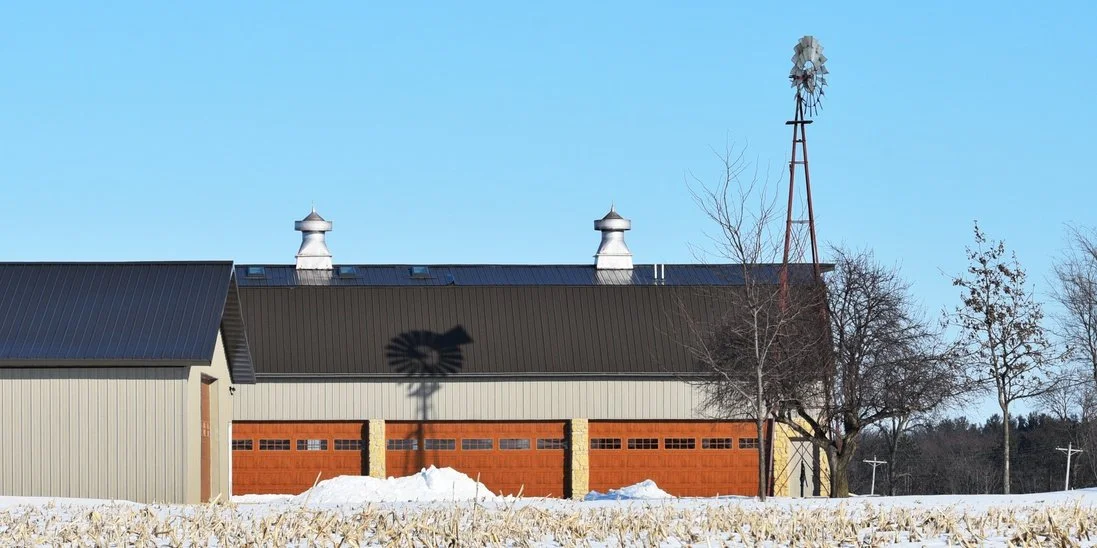Everything You Need To Know About Owning a Pole Barn
Pole barns have become increasingly popular among property owners seeking versatile, cost-effective building solutions. This construction method eliminates the need for a traditional concrete foundation, making it both faster and more affordable to build.
Here, we’ll explore everything you need to know about owning a pole barn to help you make informed decisions every step of the way.
What Exactly Is a Pole Barn?
A pole barn is a building constructed using the post-frame method where large wooden posts serve as the primary structural support. These posts, typically made from treated lumber, are embedded directly into the ground at depths ranging from four to eight feet, depending on local building codes and soil conditions.
The posts support horizontal beams called girts, which in turn support the roof trusses. This creates a framework that can span large distances without interior support columns, providing maximum usable space inside. The exterior is then clad with metal siding and roofing materials, though other options are available.
5 Key Benefits of Pole Barn Ownership
Owning a pole barn offers various benefits, including:
Versatility: These structures can serve numerous purposes, including storage, workshops, garages, event spaces, and even residential buildings.
Durability: Pole barns are designed to withstand harsh weather conditions, offering long-lasting protection for your belongings or activities.
Quick construction: Post-frame buildings can be assembled quickly and efficiently, reducing labor costs and construction time.
Spacious interiors: The absence of interior load-bearing walls allows for large, open spaces that can be tailored to specific needs.
Customizability: The design and materials used for pole barns can easily be customized to match aesthetic preferences or practical requirements.
Planning and Construction
Building a pole barn requires careful planning and execution to ensure a sturdy, functional structure. Start by selecting an appropriate location with solid ground and good drainage to prevent water damage. Next, design a layout tailored to your intended use, factoring in dimensions, access points, and any additional features such as lofts or partitions.
Once your plans are finalized, acquire high-quality materials, including treated posts, durable metal panels, and proper hardware. During construction, ensure accurate post spacing and alignment, as these will provide the structural framework for the entire barn. Finally, knowing what season is best to start your pole barn build will ensure there are no interruptions or delays.
Maintenance and Longevity
Pole barns require less maintenance than many building types, but regular inspections are still necessary to prevent small issues from becoming expensive problems. Check the posts, foundation, roof, gutters, and siding annually to inspect for mold, rot, and insect infestations.
Proper ventilation prevents condensation that can damage stored items and building materials. Be sure to seal gaps where rodents might enter, keep vegetation trimmed away from the building, and address any wood damage promptly.
Pole barns offer compelling advantages for many property owners, but they’re not the right solution for everyone. By considering everything you need to know about owning a pole barn, you can decide whether you should invest in one yourself.


